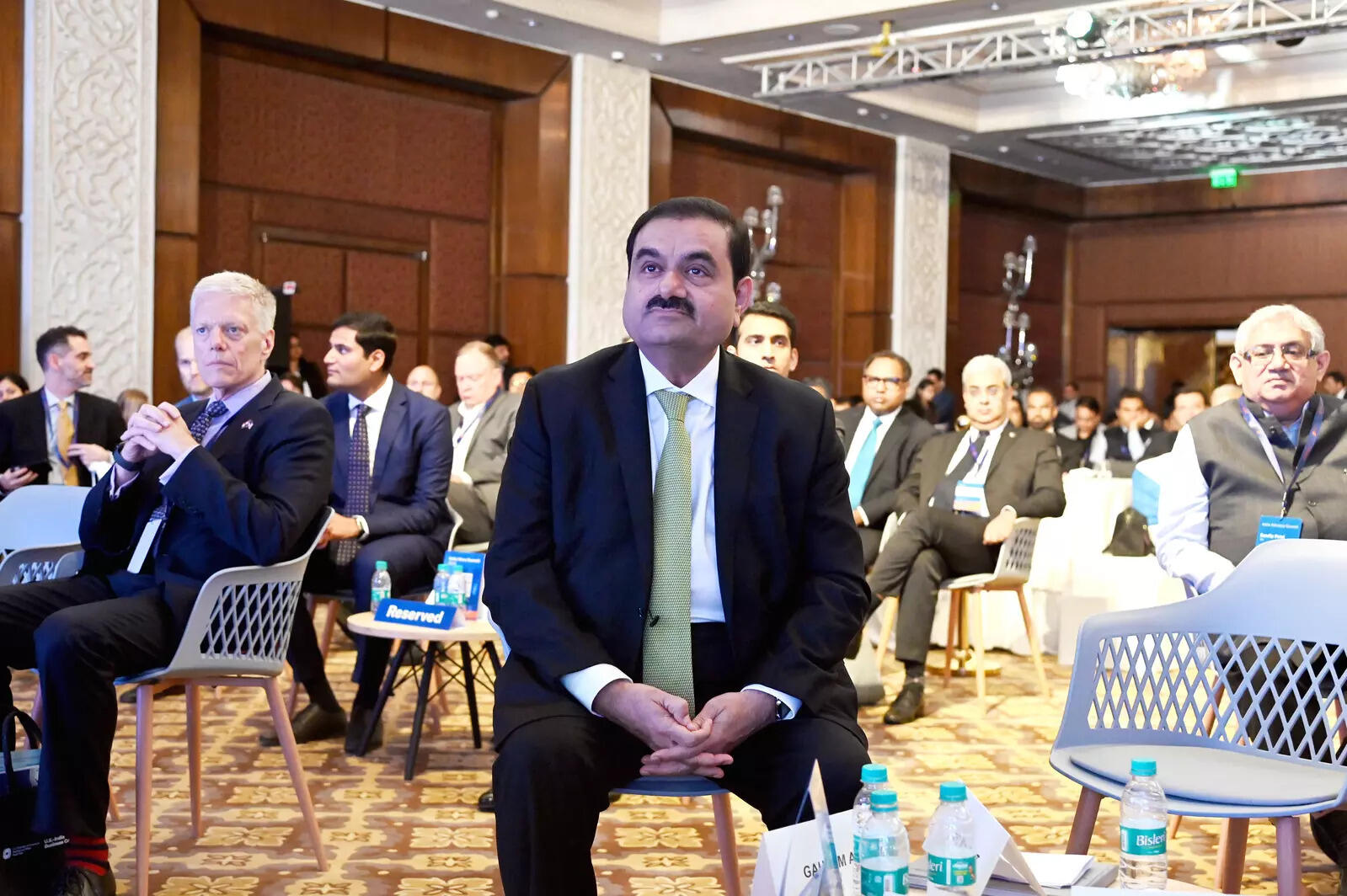
Adani Group will be building three giant factories in India leading to the world’s most integrated green energy value chains, Gautam Adani, Chairman of Adani Group said on Wednesday. Adani was speaking at the US India Business Council (USIBC) conclave in New Delhi where he was conferred the USIBC Global Leadership Award.
His giga factories, Adani said will extend from polysilicon to solar modules, complete manufacturing of wind turbines and manufacturing of hydrogen electrolysers. Adani had this July said that the group would invest $70 billion in green energy transition and infrastructure projects to become a net exporter of clean energy.
“As a result, we will generate an additional 45 GW of renewable energy to add to our existing 20 GW capacity, as well as 3 million tons of hydrogen – all of which will be completed before 2030,” Adani said, adding that this value chain will be fully indigenous and aligned with the geopolitical needs of the country. “However, I believe we can further accelerate our goals with support from companies in the US that are willing to work with us. Both of us stand to benefit.”
Adani’s announcement comes days after rival billionaire Mukesh Ambani, chairman, Reliance Industries, announced his fifth giga factory at the company’s annual general meeting on 29 August.
RIL‘s new giga factory for power electronics will be in addition to four giga factories announced last year for making integrated solar PV modules that will produce electricity from sunlight, electrolyzers that produce hydrogen from water, fuel cells and batteries to store energy from the grid as well as 20 GW solar energy capacity by 2025 for captive needs.
Emphasising that the ongoing (Russia-Ukraine) war has only brought home the fact that semiconductors are essential to almost all sectors of the economy, Adani said the semiconductor industry is a classic example with more engineers deployed in India than anywhere else in the world, and yet, India has no semiconductor plant. “India cannot remain dependent on global supply chains that are based on semiconductor nationalism and will need US support with technology transfer.”
Adding that the term deglobalization gained prominence because of the divisions that came about as a result of the pandemic, Adani said we must never allow this to happen again, given the mistrust it creates.
“Vaccine collaboration between our nations must be high on our priority list and needs to be formalized in a mutually beneficial way,” he said, adding that likewise, defence and cyber are two critical areas that the US and India must work on as trust comes from collaboration in these areas.
“India needs support in both these areas and, at this time, we are just skimming the surface. These are two essential areas where our partnerships must span technology transfer to be able to build mutual confidence,” Adani said.
Calling for a deeper partnership in the US-India engagement, he said the combined value of the GDP of the two nations in 2050 is expected to be a staggering USD 70 trillion dollars or 35-40 per cent of the global economy.
By that year, the combined population of the two countries will be over 2 billion with a median age of less than 40 years as compared to the already median age of 44 in Europe and 40 in China.
“When seen through these lenses of economics and the raw power of consumption it is evident that the existing 150 billion dollars of bilateral trade between the US and India is no more than a speck in the ocean. Far more needs to be done,” he said.